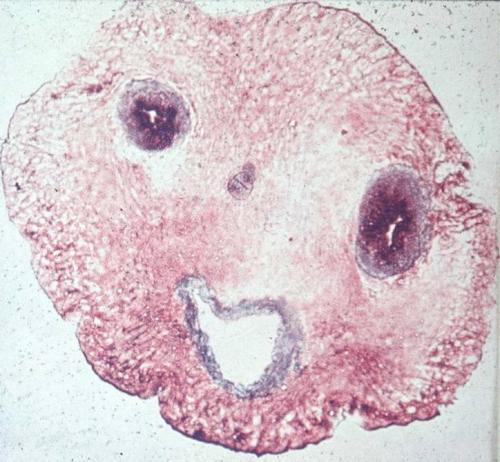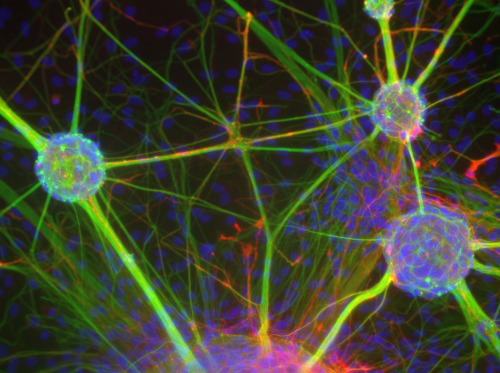В детстве у меня был гипервитаминоз А - мама решила помочь мне справиться с трещинками на губах и помазала их витамином А из капсулки... Видимо - передоз. Потому что потом ещё неделю я ходила с распухшим, в красных пятнышках, личиком...
Вот и свежая статейка об эффектах витамина А при превышении дозы, читаю тут - http://www.biologynews.net/archives/2009/10/08/too_much_of_a_good_thing_scientists_explain_cellular_effects_of_vitamin_a_overdose_and_deficiency.html:
If a little vitamin A is good, more must be better, right? Wrong! New research published online in the FASEB Journal (http://www.fasebj.org) shows that vitamin A plays a crucial role in energy production within cells, explaining why too much or too little has a complex negative effect on our bodies. This is particularly important as combinations of foods, drinks, creams, and nutritional supplements containing added vitamin A make an overdose more possible than ever before.
"Our work illuminates the value and potential harm of vitamin A use in cosmetic creams and nutritional supplements," said Ulrich Hammerling, co-author of the study, from the Sloan-Kettering Institute for Cancer Research in New York. "Although vitamin A deficiency is not very common in our society, over-use of this vitamin could cause significant disregulation of energy production impacting cell growth and cell death."
Although the importance of vitamin A to human nutrition and fetal development is well-known, it has been unclear why vitamin A deficiencies and overdoses cause such widespread and profound harm to our organs, until now. The discovery by Hammerling and colleagues explains why these effects occur, while also providing insight into vitamin A's anti-cancer effects. The scientists used cultures from both human and mice cells containing specific genetic modifications of the chemical pathways involved in mitochondrial energy production. The cells were then grown with and without vitamin A, and scientists examined the impact on the various steps of energy production. Results showed that retinol, the key component of vitamin A, is essential for the metabolic fitness of mitochondria and acts as a nutritional sensor for the creation of energy in cells. When there is too much or too little vitamin A, mitochondria do not function properly, wreaking havoc on our organs.
"Beauty might be only skin deep, but vitamin A isn't. It goes to the nucleus of our cells and can affect our health for better or worse," said Gerald Weissmann, M.D., Editor-in-Chief of the FASEB Journal. "Using too many products enriched with vitamin A could lead to negative, even fatal, consequences."
Source : Federation of American Societies for Experimental Biology










